Impact craters are a natural signature of a chaotic period in the history of our Solar System. A glance at the disfigured surface of the Moon makes this fact obvious. It’s the same with Mars. An orbiting spacecraft with a powerful Mars Reconnaissance Orbiter camera and its HiRISE camera have been exploring the surface of Mars for years, cataloging the menagerie of impact craters of the planet. One of them, recently selected by the HiRISE Day Photo (HIPOD), looks like a thunderbird. Or a dinosaur footprint left in the mud.
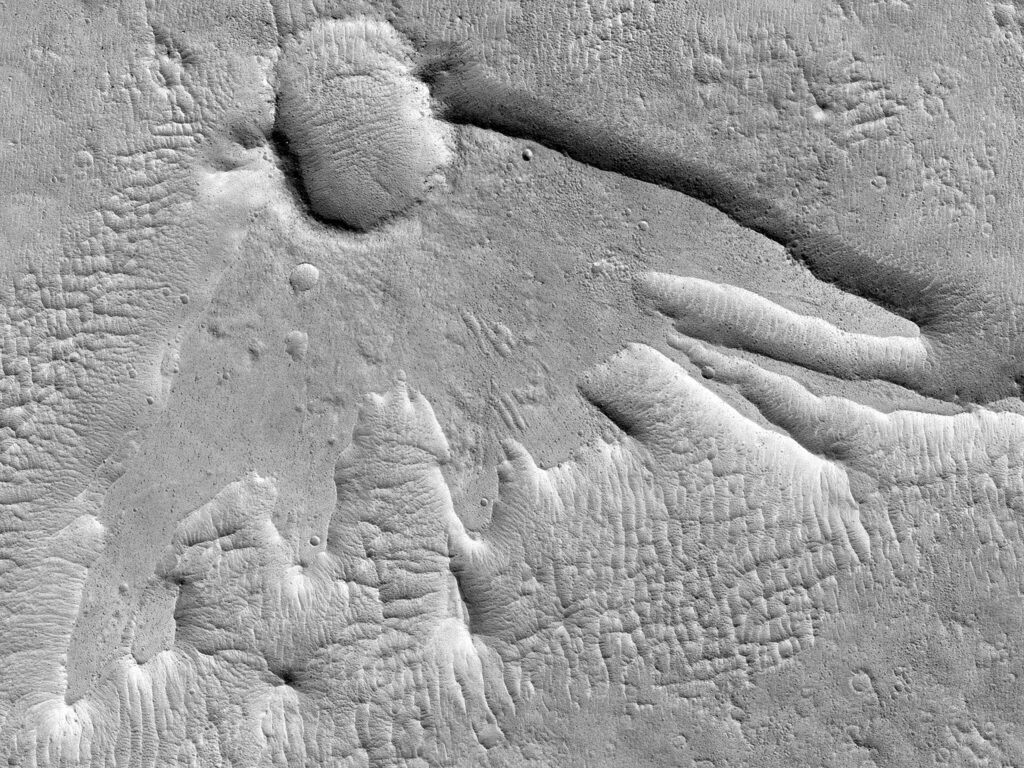
This impact object – either an asteroid or a comet – crashed into Mars at an acute angle. Most of the debris from this collision has accumulated on an elevated plateau to the west, which is located at the top of this image. These fragments acted as a hardened cap, hiding native Martian material beneath them. The rest of the debris scattered in the form of a pattern that plays with your imagination with the effect of pareidolia.
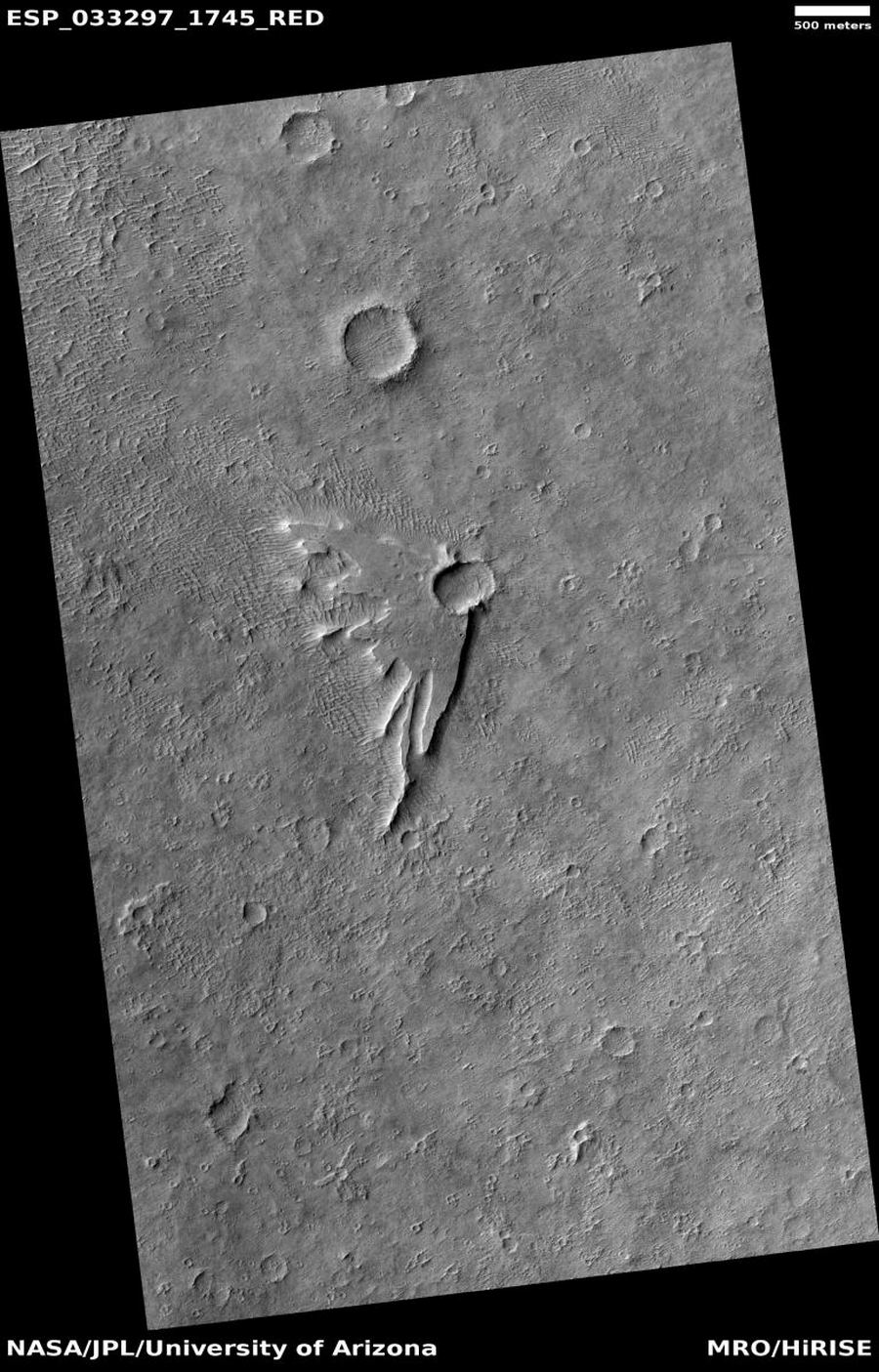
The unnamed crater is about 5 km across and is one of hundreds of thousands of craters of the same size. It is located near the much larger Schiaparelli crater and the huge Hellas Planitia impact basin.
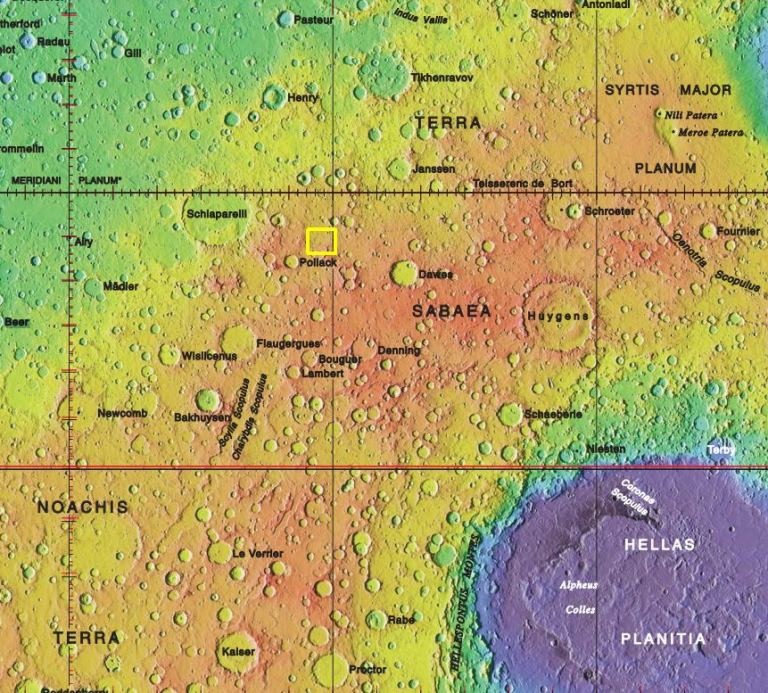
Various craters
The location of Mars near the asteroid belt means that it has been hit by a wide variety of objects at different angles and at different speeds. Moreover, the interior of the planet in many places contained water or ice, which only adds the awesomeness to the craters that dotted its surface. Over time, the population of collisions in the Solar System has changed. Eventually, the large asteroids that create huge basins, such as Hellas Planitia, dried up, and the fall of objects became less frequent.
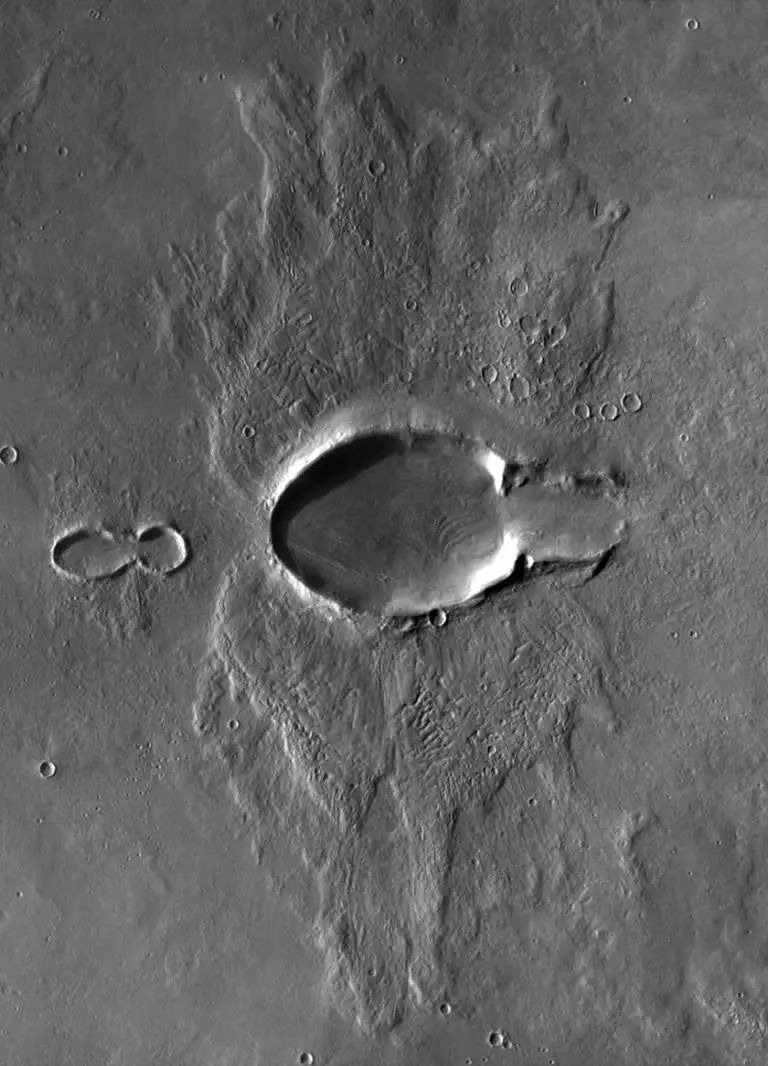
Impact craters are the most important feature of the surface of rocky planetary bodies. Most of them are oblique impact craters caused by meteorites. But not all of them look the same as in the title image. There is a huge variety of crater shapes from such collisions.
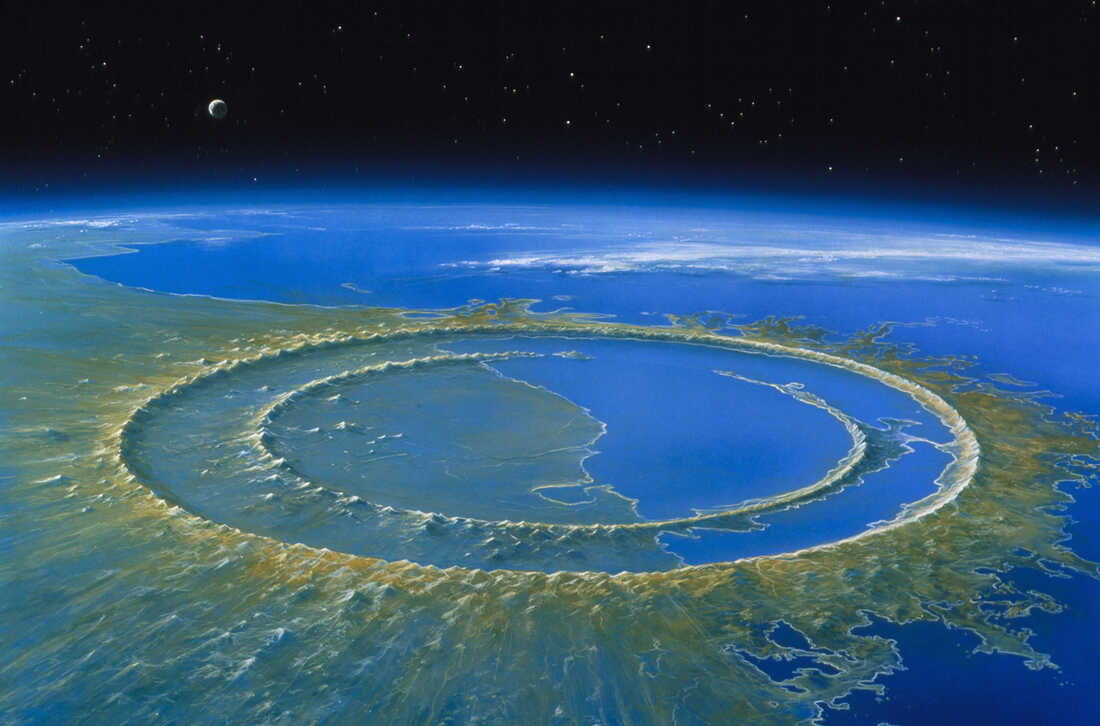
The most famous sharp-angled impact crater is not on Mars or the Moon. It is here on Earth. Researchers were almost certain that the Chicxulub crater, which killed the dinosaurs, was formed from an impact at a small angle.
Scientists are very interested in impact craters because they form the surfaces of planets and have a profound impact on the trajectory of life on Earth.
Earlier we reported on how the mysterious entrance to the cave on Mars excited the public.
According to uahirise.org
Follow us on Twitter to get the most interesting space news in time
https://twitter.com/ust_magazine
